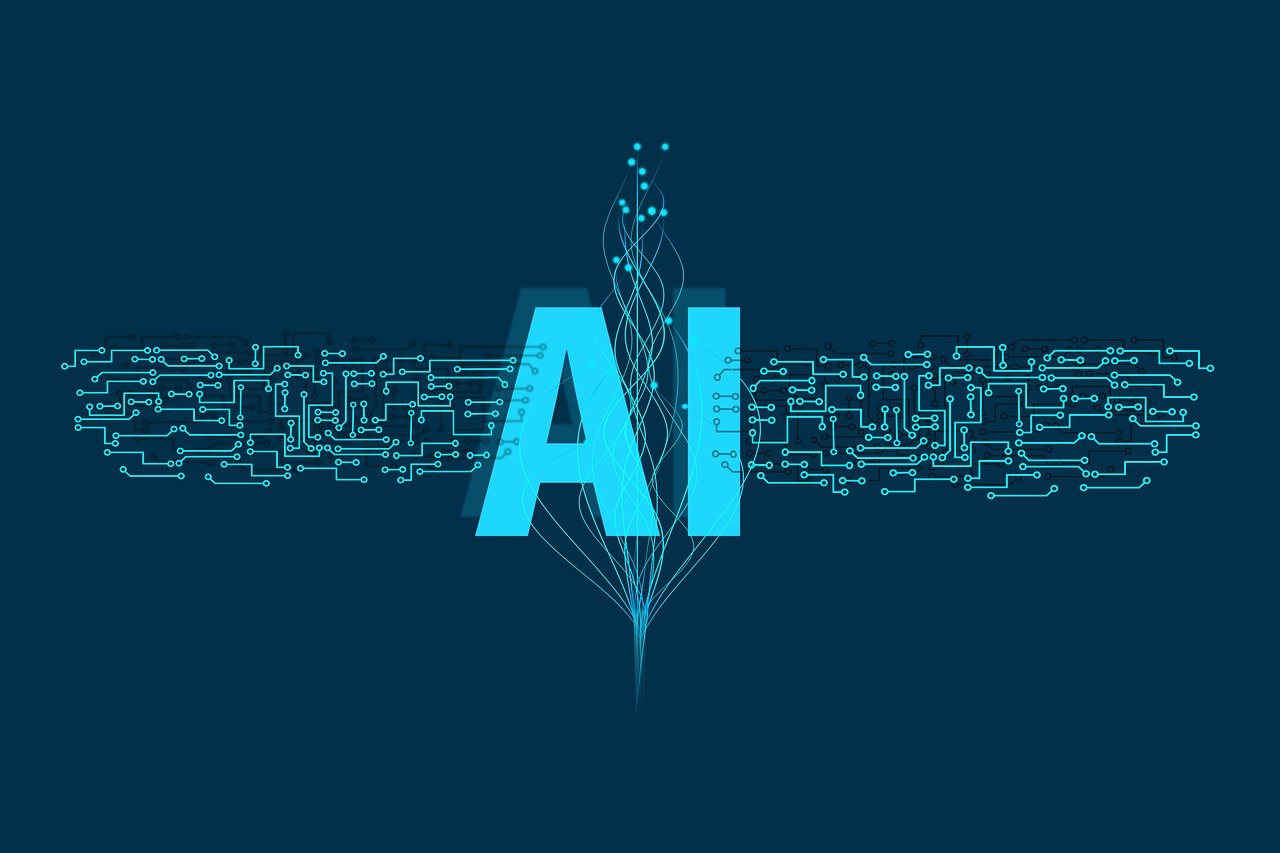
Artificial Intelligence (AI) is reshaping the landscape of creativity, offering new ways to make AI art and revolutionizing the art world in the process. This technology has opened up a realm of possibilities, enabling artists and enthusiasts to explore uncharted territories of artistic expression. Here, dive into how AI is transforming the art scene, bringing a fresh perspective to creativity and art production.
Unlocking New Creative Possibilities
AI art platforms have become a canvas for creativity, offering tools that allow for creating artwork in previously unimaginable ways. These platforms use algorithms to generate art based on user prompts, making it possible for anyone to create stunning visuals without traditional art skills. This democratization of art creation means that ideas and creativity, rather than technical skill, are becoming the main drivers of artistic expression. It’s like having an infinite palette of colors and styles at your disposal, where the only limit is your imagination.
Bridging Art and Technology
The intersection of art and technology through AI fosters a new digital art genre that challenges your conventional understanding of creativity. Artists are collaborating with AI to blend classical techniques with modern computational methods, producing unique and captivating pieces. This fusion of human intuition and machine precision is not only expanding the boundaries of what art can be but also inviting a broader audience to appreciate and engage with digital creations. It’s a testament to how technology can enhance human creativity rather than replace it.
Transforming Art Production
AI is streamlining the art production process, making it faster and more efficient while retaining the essence of artistic creation. Artists can experiment with different styles, compositions, and color schemes in a fraction of the time it would take with traditional methods. This rapid iteration process encourages experimentation and can lead to the development of new art forms and visual languages. Moreover, AI’s ability to analyze and learn from existing artworks means that it can assist artists in creating pieces that resonate with contemporary themes and aesthetics.
Expanding Accessibility to Art
The rise of AI in art is making the art world more accessible than ever before. Not only can artists produce work more efficiently, but people from all walks of life can now participate in art creation and appreciation. Online platforms powered by AI are breaking down geographical and socioeconomic barriers, allowing a global audience to experience art in new and interactive ways. This inclusivity is enriching the art world, bringing a diversity of perspectives and voices into the conversation about what art is and can be.
Adobe states, “Make anything that you can imagine.”
Reimagining the Future of Art
As you look to the future, the potential of AI to further revolutionize the art world is boundless. You’re already seeing hints of what’s to come, with AI-generated art being sold at prestigious auctions and exhibited in galleries alongside traditional works. The ongoing evolution of AI technology promises even more sophisticated tools for artists to explore, potentially leading to new art movements and philosophies.
AI is not just changing the art world; it’s setting the stage for a new era of creativity. By unlocking new possibilities, bridging art and technology, transforming production, expanding accessibility, and reimagining the future, AI is proving to be an invaluable ally in the quest for artistic innovation. Whether you’re an artist, a curator, or simply an art enthusiast, the rise of AI in art is a thrilling development that promises to enrich the cultural landscape for years to come.


